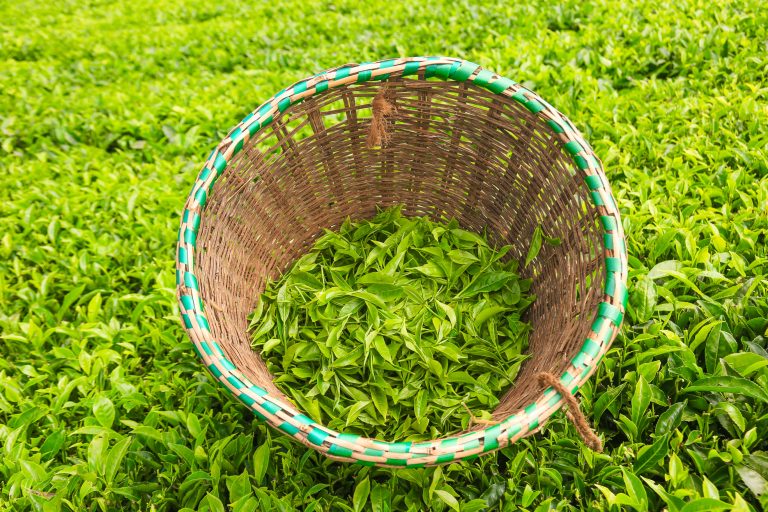The government has announced a series of interventions aimed at stabilizing Kenya’s tea sector and addressing growing concerns among smallholder farmers over this year’s reduced bonus payments. The move follows the declaration of final green leaf prices by tea factories under the Kenya Tea Development Agency (KTDA).
According to the government, the reduced bonus rates were primarily influenced by global market conditions rather than local inefficiencies. Several factors contributed to the decline, including the appreciation of the Kenya shilling against the US dollar—from an average of 144.21 to 129.37—alongside a drop in global tea prices from USD 2.69 to USD 2.46 per kilogram. Additionally, carry-over stocks were sold at reduced prices after the removal of reserve prices, while rising production costs further affected farmer earnings, particularly in the West of Rift regions.
Clarifying concerns over reports that some farmers earned as little as Ksh 10 per kilo, authorities explained that this figure represented only part of the total payment. Farmers had previously received an initial payment of Ksh 23–25 per kilo, bringing the total average payment for the 2024/25 financial year to Ksh 56 per kilo, with the lowest-earning factory paying Ksh 33.58.
The government reaffirmed its commitment to long-term reforms aimed at improving farmer earnings and strengthening the governance of sector institutions. It emphasized that disbanding KTDA is not the solution; instead, a comprehensive restructuring of its governance and operational framework will be implemented. Concerns raised by farmers regarding regional price disparities, questionable expenditures, and high director allowances will be addressed through enhanced oversight and financial accountability.
Key measures include the establishment of green leaf quality standards and the activation of the Tea Quality Analysis Laboratory in Mombasa to scientifically verify the quality and safety of Kenyan tea. The Strategic Tea Quality Improvement Programme (STQIP) will assist factories producing lower-quality teas to meet global standards.
Other initiatives involve removing VAT on tea and packaging materials to promote value addition, continuing the provision of subsidized fertilizer, and recovering Ksh 2.7 billion previously held in collapsed banks for release to farmers by mid-October 2025. The government has also allocated Ksh 3.7 billion for modernization and retooling of tea factories to boost efficiency and enhance production of high-value teas.
In addition, efforts to expand international market access are ongoing, targeting new trade opportunities in China, Iran, the United States, and Europe through the African Continental Free Trade Area (AfCFTA). A national tea conference is scheduled in two weeks to deliberate further on these reforms and chart a sustainable path for the future of Kenya’s tea sector.

